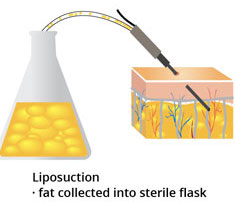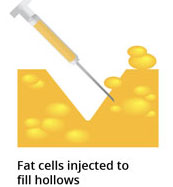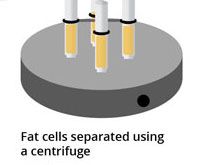Fat Grafts

Fat grafting, also known as fat transfer or lipofilling, is a cosmetic surgical procedure that involves the removal of fat from one part of the body, usually through liposuction, and its transfer to another area of the body where additional volume or contour is desired. The procedure involves extracting fat cells from a donor area, such as the thighs, abdomen or buttocks, and then processing and purifying the fat cells before injecting them into the targeted area, such as the face, breasts, buttocks, or hands. Fat grafting is often used to enhance volume and shape, and can be a more natural alternative to synthetic fillers. It can also be used to improve the appearance of scars, wrinkles, and other facial imperfections.
How long fat graft survive?
The survival of fat grafts can vary depending on a number of factors including the techniques used during the procedure the quality of the harvested fat and the recipient site.Typically the survival rate of fat grafts is around 60-80% in most cases.In general the first few weeks after a fat grafting procedure are critical for the survival of the transferred fat.During this time the transplanted fat cells establish a new blood supply and begin to integrate with the surrounding tissues.If the graft is successful the fat cells will continue to live and function in their new location providing long-term volume and contouring effects.However it is important to note that not all of the transferred fat will survive and some degree of volume loss is expected over time.The rate of fat absorption and the degree of volume loss can vary from person to person but in general patients can expect to retain around 50-60% of the transferred fat over the long term.
Fat graft-2

Fat graft-3

Free Consultation

